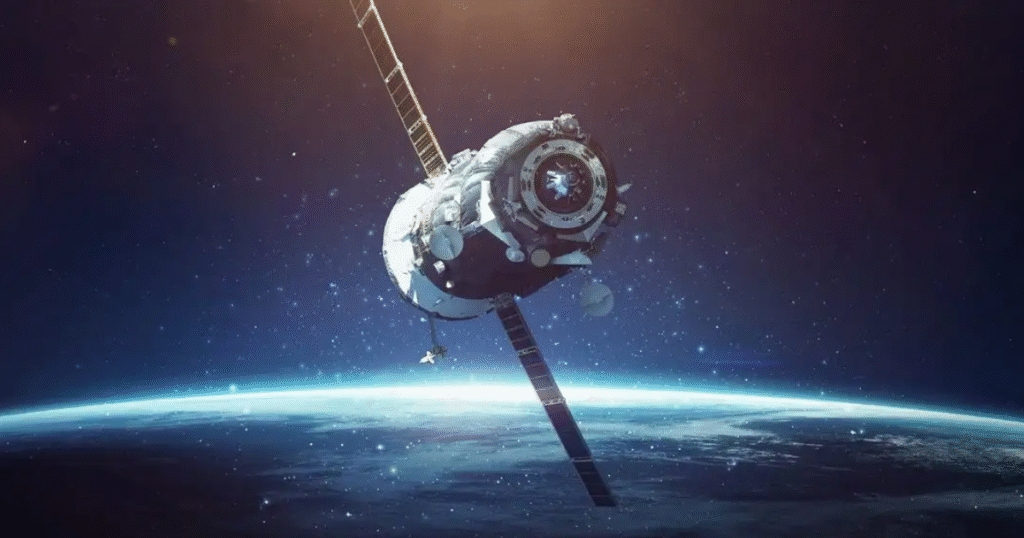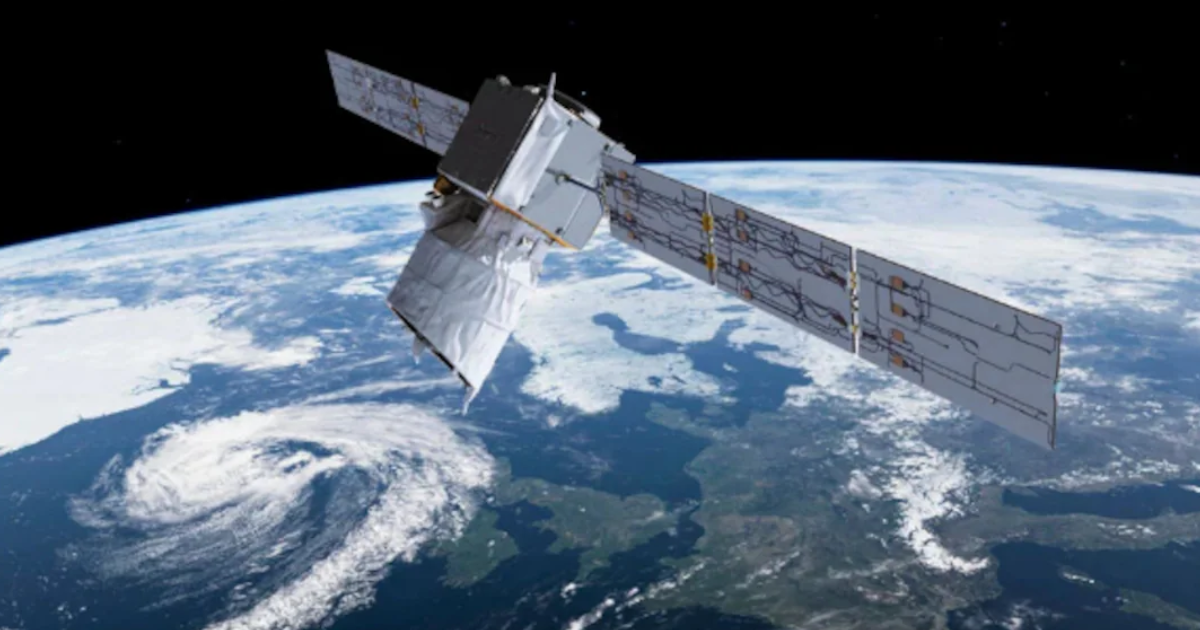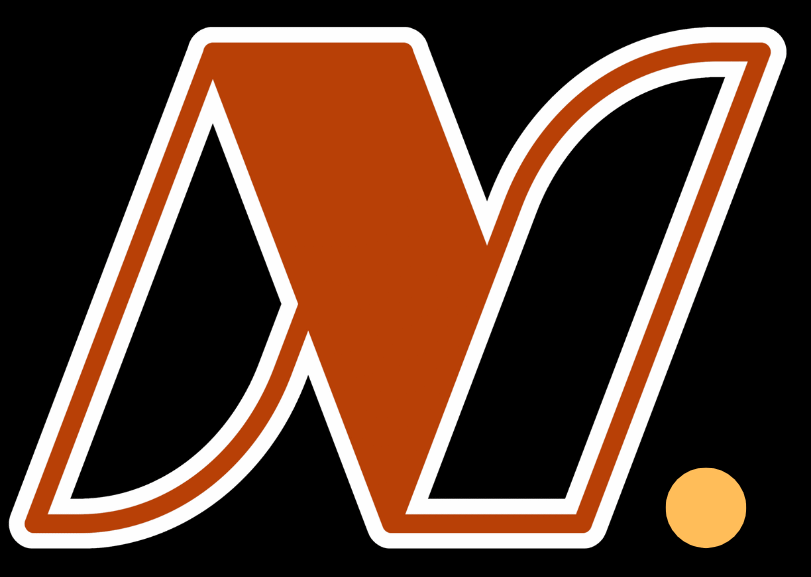Did you know that SpaceX launched six rockets in under 24 hours, setting a new spaceflight record? Among these groundbreaking missions, the launch of Starlink satellites stole the spotlight representing not just a space milestone, but a revolution in global internet connectivity.
In this article, you’ll discover what Starlink is, why it matters, and how it’s making a real-world impact—from rural villages to global disaster zones.
What Are Starlink Satellites?

Starlink is a satellite internet project developed by SpaceX, aiming to deliver high-speed internet anywhere on Earth, especially in underserved and rural areas.
Key Features of Starlink Satellites:
- Operate in low-Earth orbit (LEO) at ~550 km altitude
- Provide internet speeds between 50–250 Mbps
- Designed with laser links for inter-satellite communication
- Built for both civilian and emergency/military use cases
Unlike traditional satellite internet systems, which rely on a few large satellites in higher orbits, Starlink uses a large constellation of small satellites that ensure lower latency, faster data delivery, and broader coverage.
Record-Breaking Launch: 6 Rockets in 24 Hours
On April 28, 2025, SpaceX successfully launched six rockets in under 24 hours, marking a historic achievement in space operations.
Highlights from the Starlink Launch:
- Launched via the Falcon 9 rocket
- Included 23 next-gen Starlink V2 Mini satellites
- Featured upgraded laser-based interconnectivity
- Enabled faster deployment of global internet access
This achievement isn’t just a technical win it reflects SpaceX’s capability to scale satellite internet infrastructure faster and more cost effectively than any other provider.
How Starlink is Transforming the Internet Landscape
Starlink is not just for enthusiasts or tech savvy users it’s a lifeline for millions who previously lacked access to reliable internet.
Real-World Benefits:
- Rural Connectivity: Starlink bridges the digital divide in remote areas where fiber or 5G is unavailable.
- Disaster Response: Provides internet during natural calamities where traditional networks fail.
- Global Coverage: Currently active in over 70+ countries and expanding rapidly.
- Business & Education: Enables remote work, learning, and entrepreneurship in disconnected regions.
The Technology Behind Starlink V2 Mini
The Starlink V2 Mini satellites represent a leap in space-based internet technology.
Innovations in Starlink V2:
- Laser Links: Connect satellites directly, reducing ground station dependency.
- Improved Bandwidth: Handles more users per satellite.
- AI Optimization: Smart rerouting for faster data delivery and congestion control.
These upgrades enhance user experience, lower ping times, and improve data reliability, making it suitable for streaming, online gaming, and large file transfers even in remote areas.
Military and Emergency Communications
Starlink has already proven its value in high-risk and crisis zones:
- Ukraine Conflict: Provided backup communications during internet blackouts.
- Hawaiian Wildfires: Used by first responders for coordination.
- Defense Use: Secure channels for encrypted military communications.
Its rapid deployability and independence from ground infrastructure make it a valuable tool during both war and natural disasters.
The Road Ahead: What’s Next for Starlink?

By the end of 2026, SpaceX aims to:
- Launch over 12,000 total satellites
- Achieve worldwide latency under 20ms
- Offer direct-to-smartphone satellite internet
- Enhance speeds up to 500 Mbps per user
As more satellites are deployed, coverage and service quality will continue to improve, especially in previously disconnected regions.
FAQs About Starlink Satellites
Q1: Can I use Starlink in cities like Delhi or New York?
Yes, but Starlink is currently optimized for rural or remote areas. In urban areas with high traffic, performance may vary.
Q2: How much does it cost to use Starlink?
As of 2025, plans range from $90 to $120/month, with a one-time equipment fee of around $599 USD.
Q3: Does Starlink offer good speed for online gaming?
Yes. With latency as low as 25–30ms, it’s ideal for real-time gaming in areas without traditional broadband.
Q4: Is Starlink secure for sensitive communications?
Yes. Starlink uses advanced encryption and laser-based data routing, making it suitable even for defense use.
Q5: How is Starlink different from other satellite providers?
Starlink operates in low Earth orbit, reducing signal lag and increasing speed compared to high-orbit providers like HughesNet or Viasat.
Final Thoughts On Starlink’s
From record-breaking launches to connecting the world’s most remote regions, Starlink is reshaping the digital landscape. With rapid advancements, broader adoption, and proven real-world impact, it stands as one of the most significant technological breakthroughs of our time.
Whether you’re a student in a rural village or a responder in a disaster zone, Starlink satellites may be your gateway to a more connected future.
If you found this article helpful, please:
- 💬 Leave a comment below with your thoughts on satellite internet
- 🔁 Share this article with friends or communities in remote areas
- 📩 Subscribe to NewsNominal for more tech and space updates







